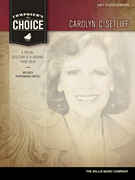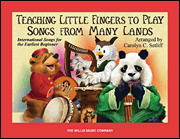Search Results for: “sea”
Loading...
Perfect View 123 Products
It Came Upon The Midnight Clear View 110 Products
Under The Sea View 105 Products
Crazy View 81 Products
Stay View 62 Products
I Will Remember You View 55 Products
We Belong Together View 53 Products
Danny Boy View 51 Products
My Way View 51 Products
Beyond The Sea View 45 Products
Seasons Of Love View 43 Products
Can't Take My Eyes Off Of You View 30 Products
What About Us View 30 Products
Fly Like An Eagle View 27 Products
Big Girls Don't Cry View 23 Products
Let's Hang On View 22 Products
Signed, Sealed, Delivered I'm Yours View 21 Products
Kiss From A Rose View 21 Products
Forever View 21 Products
Sherry View 20 Products
Turn! Turn! Turn! (To Everything There Is A Season) View 19 Products
Shut Up And Dance View 18 Products
Walk Like A Man View 14 Products
Give Peace A Chance View 8 Products



